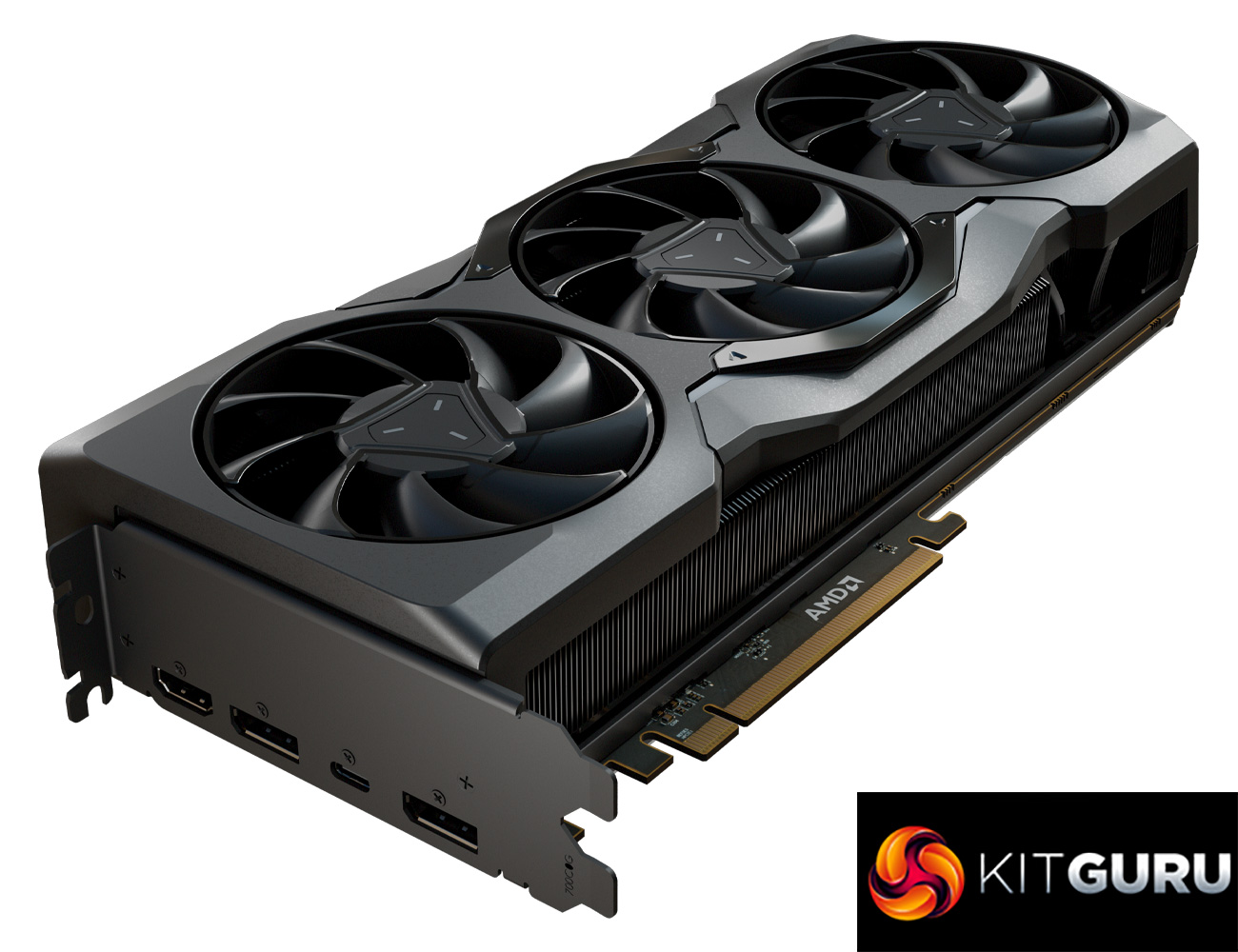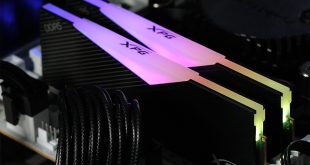It's been a long time coming, and hype has been ever building, but at last we have been able to get hands on with AMD's new flagship GPU, the RX 7900 XTX. There is no doubt this is a good graphics card, though at the same time it hasn't blown me away, nor has it struck a decisive blow against Nvidia.
First and foremost, we can confirm that AMD is offering highly competitive gaming performance in rasterised titles (those which do not utilise ray tracing). Over the twelve games we tested, the 7900 XTX outperformed Nvidia's RTX 4080 by 5% on average at 1440p, and by 7% at 4K. If all you care about is traditional raster performance, then clearly the 7900 XTX is a success, offering better performance than its closest rival for £200 less.
That said, AMD's generational gains may not seem as impressive. After all, the RX 7900 XTX is on average 32% faster than the 6950 XT at 1440p and 39% faster at 4K, while the margins stretch to 42% and 51% against the RX 6900 XT, respectively. It's still a very solid uplift gen-on-gen, but those who saw AMD's 1st party benchmarks and were expecting 50-70% gains over the 6950 XT may be disappointed. Certain games, like Spider-Man Remastered, do show improvements in that ballpark, but other titles including Horizon Zero Dawn show much smaller generational gains across the board.
Ray tracing performance is another matter entirely, and one where AMD continues to lag behind Nvidia. It is worth stressing that ray tracing performance has improved significantly over RDNA 2, so games are overall much more playable with RT enabled… but even then, in titles like Cyberpunk 2077 and Metro Exodus Enhanced Edition, the 7900 XTX is roughly level with the likes of the RTX 3080 and 3080 Ti, so there is still a clear generational divide between Team Red and Team Green.
Of course, how important this is to you will vary from person to person. That said, I do think the landscape has changed, and while I didn't think the relatively poor ray tracing performance was that big of a deal when RDNA 2 launched two years ago, more games than ever now support the technology and that's only going to ramp up as we head into 2023 and beyond.
AMD's new reference design graphics card is another impressive piece of work. We found that the cooler comfortably dealt with the 355W power output, and while noise levels aren't super quiet, they are on par with the likes of the RTX 4090 Founders Edition. I did notice a bit of coil whine in certain situations however, it was nothing awful but was audible over my case fans in certain games.
Speaking of power draw, this is a keen area of interest for me, and in this review we have deployed our in-depth methodology where we test power draw of each GPU across twelve games at three different resolutions (which you can find starting on page 27 of this review). As it turns out, the 7900 XTX draws pretty close to its rated 355W TBP in almost all situations – there are some slight fluctuations here and there, but it averaged 354.5W power draw at 1440p and 355.7W at 4K.
While this does constitute a reasonable step forward in terms of overall efficiency, RDNA 3 does lag behind Ada Lovelace in this regard. Even against the RX 6950 XT, which was RDNA 2's least efficient GPU, we're looking at a 35% improvement to performance per Watt, not quite the claimed 54% uplift. Overall efficiency measured in 14% below the RTX 4080, so right now the overall efficiency crown is back with Nvidia.
Of the two RDNA 3 GPUs launching today however, the RX 7900 XTX is undoubtedly the more appealing. With just a £100 price differential between the two, making the XTX 11% more expensive, it's actually better value too, coming in 13% faster at 1440p and 18% faster at 4K. That's a situation we don't often see, as we'd expect the cheaper card to offer better value, but not so here. On top of that, the XTX is also more efficient at 4K, so it's well worth stumping up the extra hundred quid if the choice is just between these two cards.
That said, whether or not you should pay £999.99 for the RX 7900 XTX is another matter. There's no doubt it offers good value for money if rasterisation performance is your top priority – we've already mentioned how it's slightly faster than the RTX 4080 in this regard, but also £200 cheaper. Personally however, I don't think ray tracing can be ignored, while I'd argue Nvidia has a feature advantage with DLSS, as it's more widely supported than FSR 2 and generally offers slightly better image quality. Right now, AMD also has no answer to DLSS 3 Frame Generation.
Let's not forget that we are comparing the 7900 XTX to the RTX 4080 – a GPU which we are pretty lukewarm on, and one that doesn't offer compelling value for money. In other words, I don't think it would take much more of a price cut for the RTX 4080 to steal some of the 7900 XTX's thunder, as we've already seen it on sale for £1099 here in the UK.
To be clear, AMD has clearly made good strides with the RX 7900 XTX, and it is well worth buying (depending on your priorities). It's just not the conclusive victory for Team Red that many were hoping for.
A final note on stock. We've been in talks with Overclockers UK who reckon they have in about 1000 units, with MBA (Made By AMD) cards ready to ship on December 13. Custom boards are looking thin on the ground however, but we are expecting supply to come through in 2-4 weeks for XT, but slightly longer for XTX.
The 7900 XTX will be available to purchase from OCUK HERE.
Discuss on our Facebook page HERE.
Pros
- Impressive rasterisation performance, second only to the RTX 4090.
- Faster and cheaper than RTX 4080 for rasterised games.
- Ray tracing, while still not always competitive, has at least improved significantly versus RDNA 2.
- Reasonable improvement to efficiency over RDNA 2.
- Better value than RX 7900 XT.
- Sleek reference design, more compact than 4080 Founders Edition.
- DisplayPort 2.1 support.
Cons
- Ray tracing performance, while improved, lags behind Nvidia significantly in certain titles.
- Power draw is fairly high (within 35W of the RTX 4090 at 4K).
- Less efficient than Ada Lovelace/RTX 40-series.
- Still very expensive at £1000.
- Some audible coil whine.
KitGuru says: RDNA 3 has arrived at long last. The RX 7900 XTX is certainly competitive, particularly if playing traditionally-rendered games is your top priority, though it's not a knock-out blow to Nvidia.
 KitGuru KitGuru.net – Tech News | Hardware News | Hardware Reviews | IOS | Mobile | Gaming | Graphics Cards
KitGuru KitGuru.net – Tech News | Hardware News | Hardware Reviews | IOS | Mobile | Gaming | Graphics Cards





